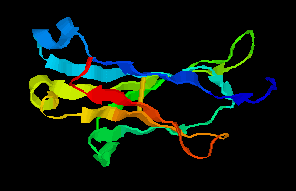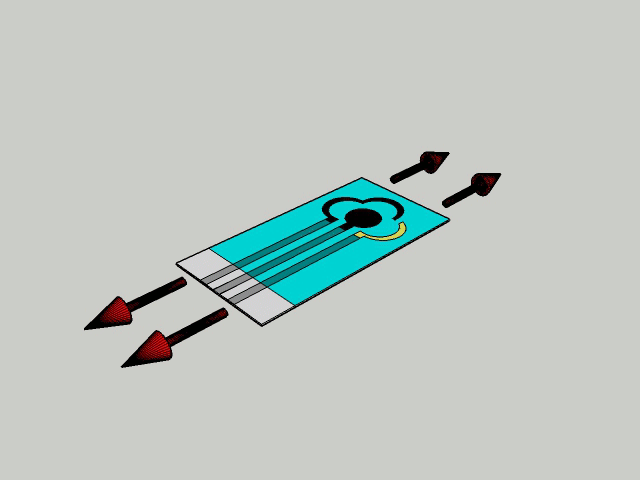_ Department of Nano Bioelectrical Laboratory (Nano Biosensors)
Nano-biosensors and nano-biochips in moving nano-particle molecules through dielectric enhancement through vertical nano-gap architectures
Researcher and author: Dr. ( Afshin Rashid)
_69nx.jpg)


Nano biosensors appear as a powerful alternative to conventional analytical techniques, as nanosensors perform highly sensitive, real-time, and high-frequency monitoring of pollutants without extensive sample preparation. Nano biosensors can be integrated into small devices for rapid screening and monitoring of a wide range of pollutants. Since the nano biosensor is an analytical device, used to detect a chemical substance, which is a combination of a biological component with a physicochemical detector. A sensitive biological element , eg tissue, micro-organisms , etc., a component of a material or biomimetic that interacts with and binds to nanoparticles.
A biosensor typically consists of a bioreceptor (enzyme/antibody/cell/nucleic acid/aptamer), a transducer component (semiconductor material/nanomaterial) and an electronic system that includes a signal amplifier , processor and screen. It is a show. Transducers and electronics can be combined, for example, in CMOS-based microsensor systems . The detection component, often called a biological receptor, uses biomolecules from living organisms or organisms modeled after biological systems to interact with the analyte of interest. This interaction is measured by the transmitter transmitter, which gives a measurable signal proportional to the presence of the target analyte in the sample.
Conclusion :
In , the dynamic process of sorting and accurate positioning of nanoparticle biomasses in predefined microstructures is very important, however, this is a major obstacle to the realization of surface-sensitive nanobiosensors and practical nanobiochips.
Researcher and author: Dr. ( Afshin Rashid)
Specialized doctorate in nano-microelectronics




